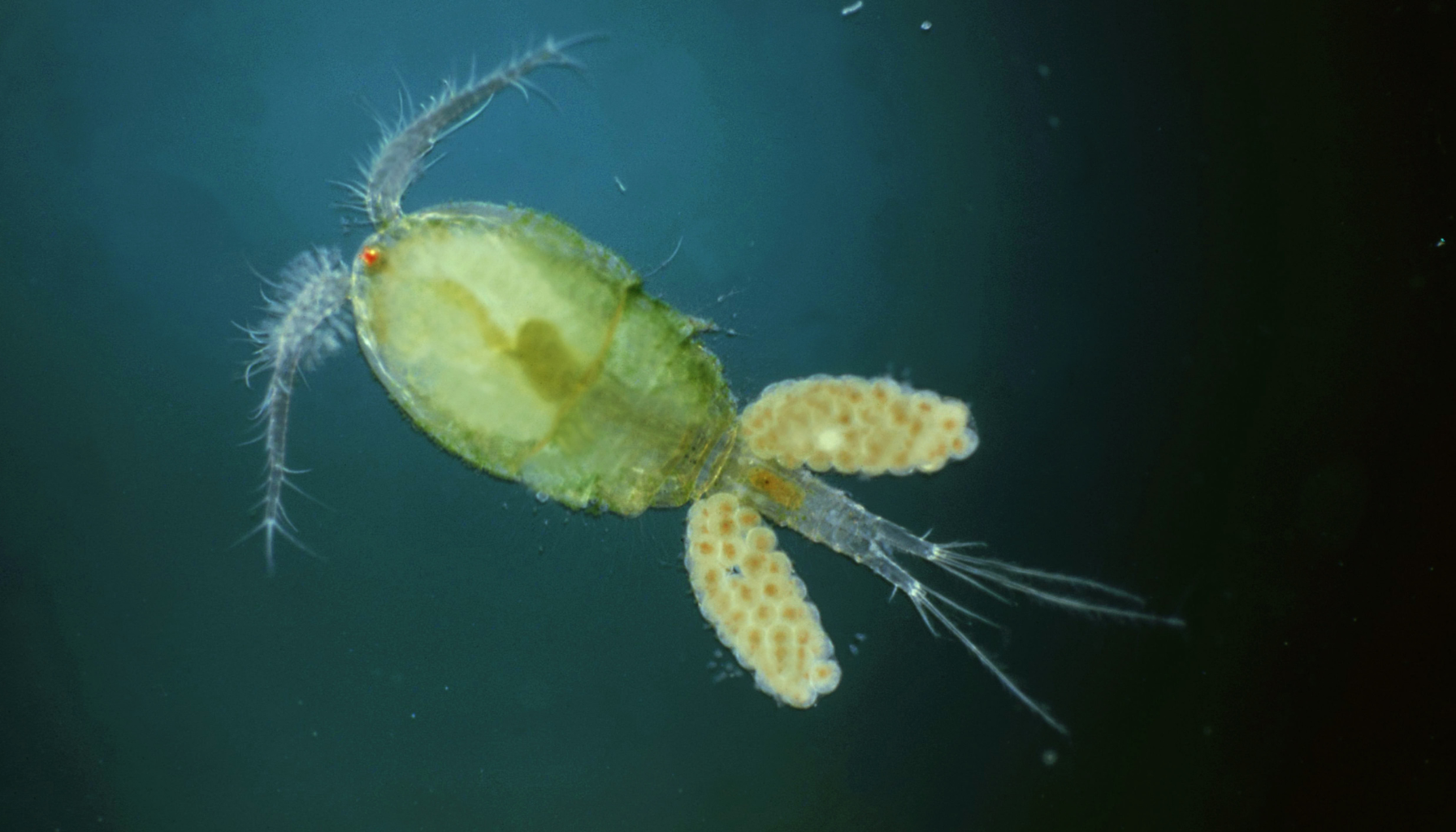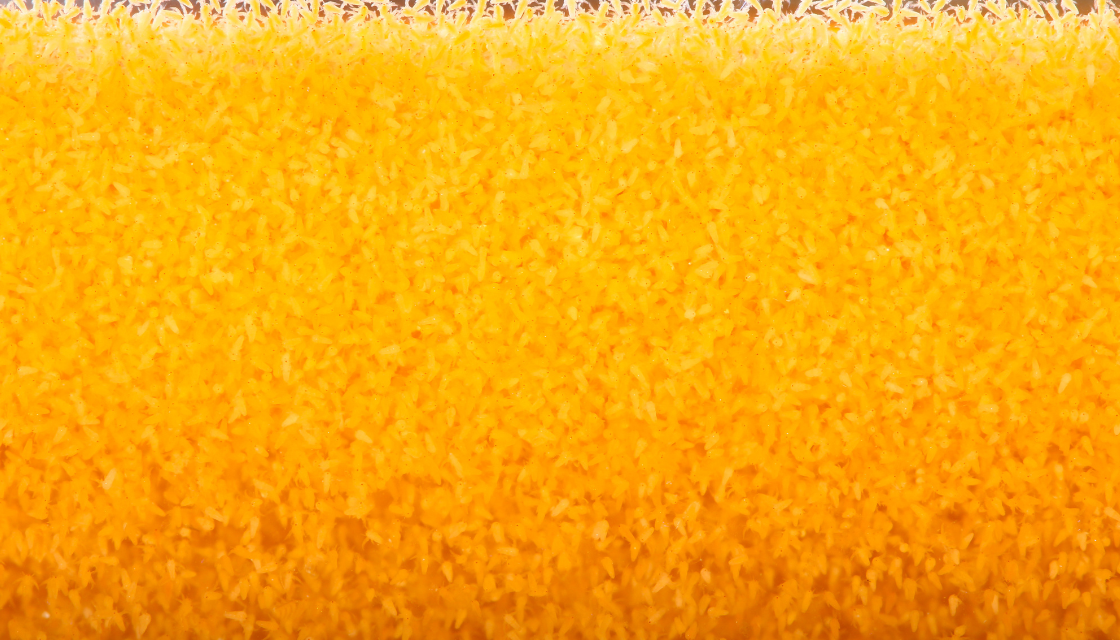Whole Prey and Meal Size in the Natural Diet of the Cat
Cats have accompanied humans throughout every stage of exploration and colonization, often adapting to new environments so effectively that in many places they have become dominant predators. This widespread presence of cats across all continents has resulted in an extraordinarily broad and diverse range of feline prey. Equally varied are the sizes of meals cats consume - from insects weighing less than a gram to livestock weighing several hundred kilograms. With such diversity in the diet of this small predator, is it even possible to determine a standard meal size for a cat fed a whole prey diet? This is the question we aim to explore in the article below.
Read more





